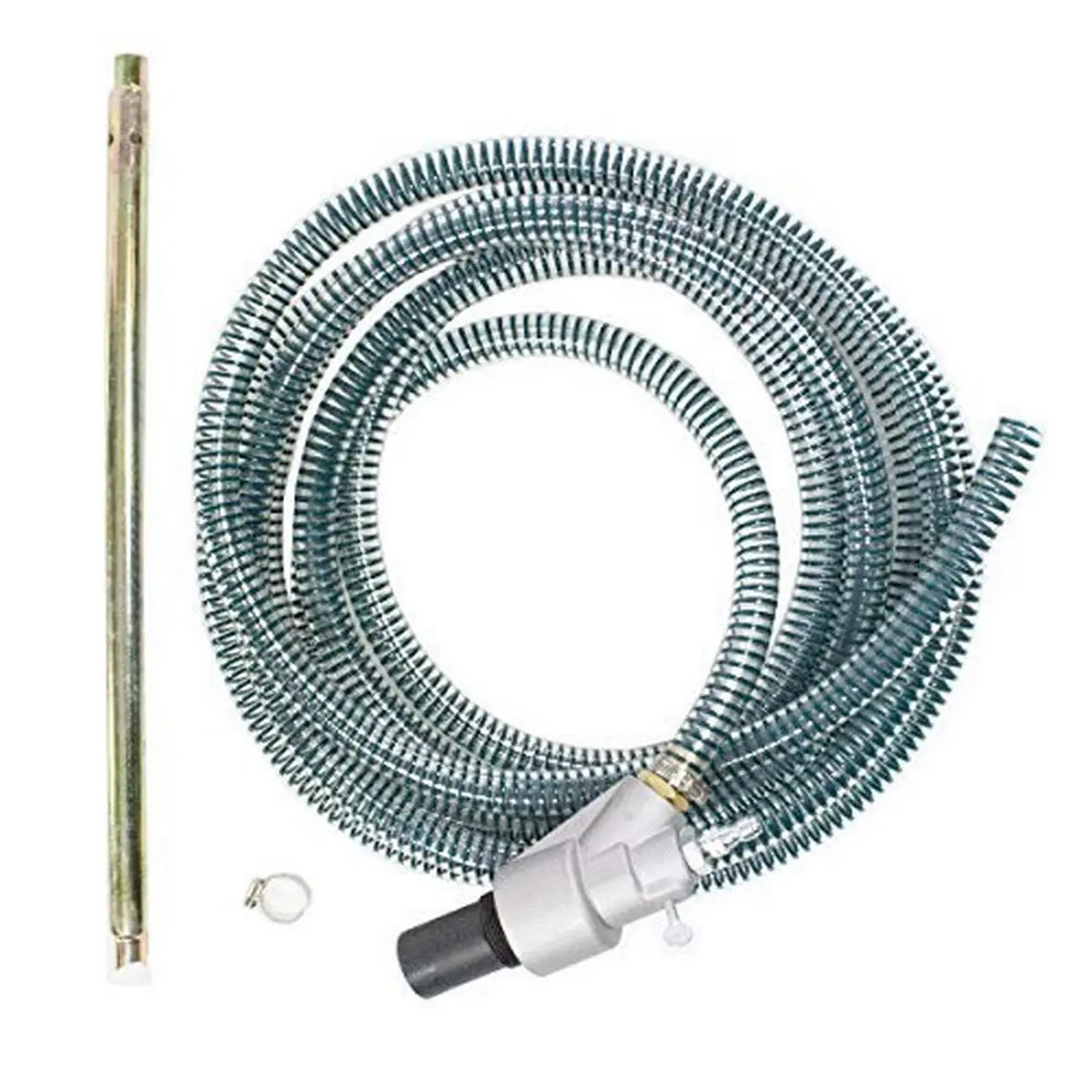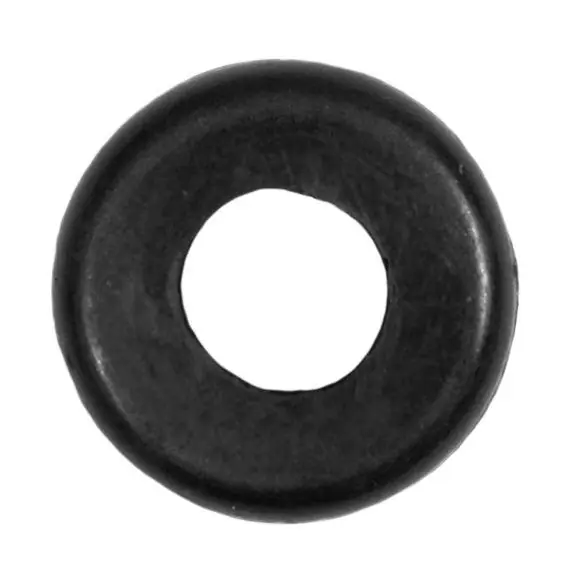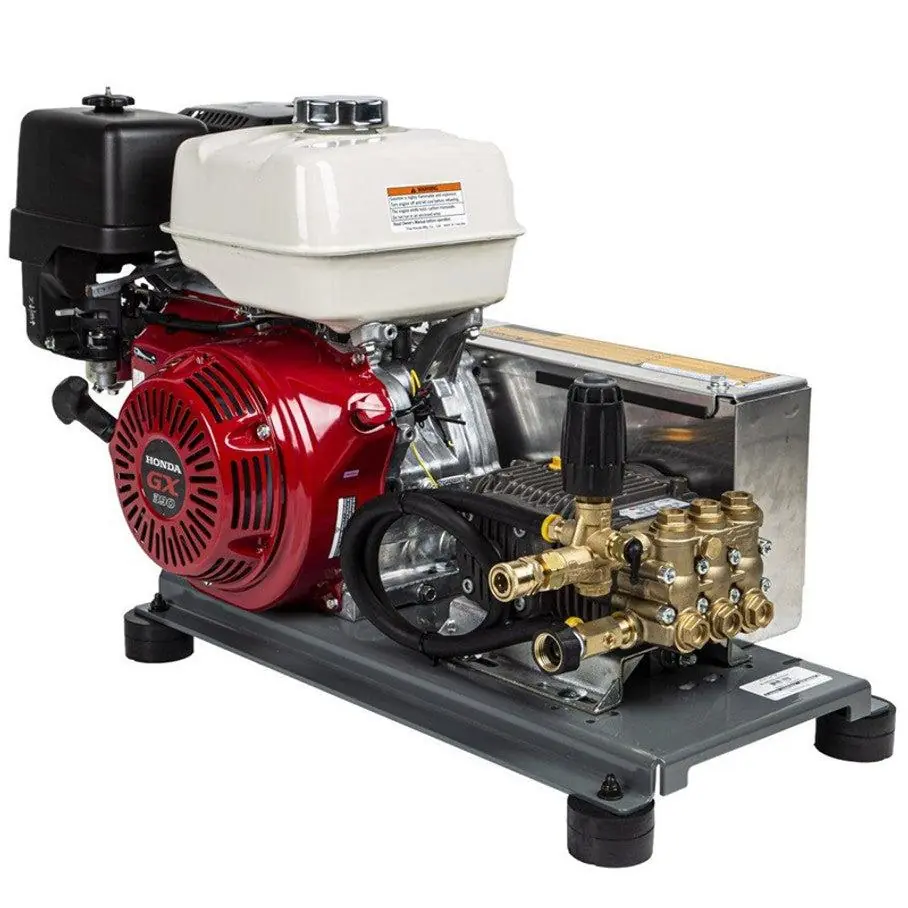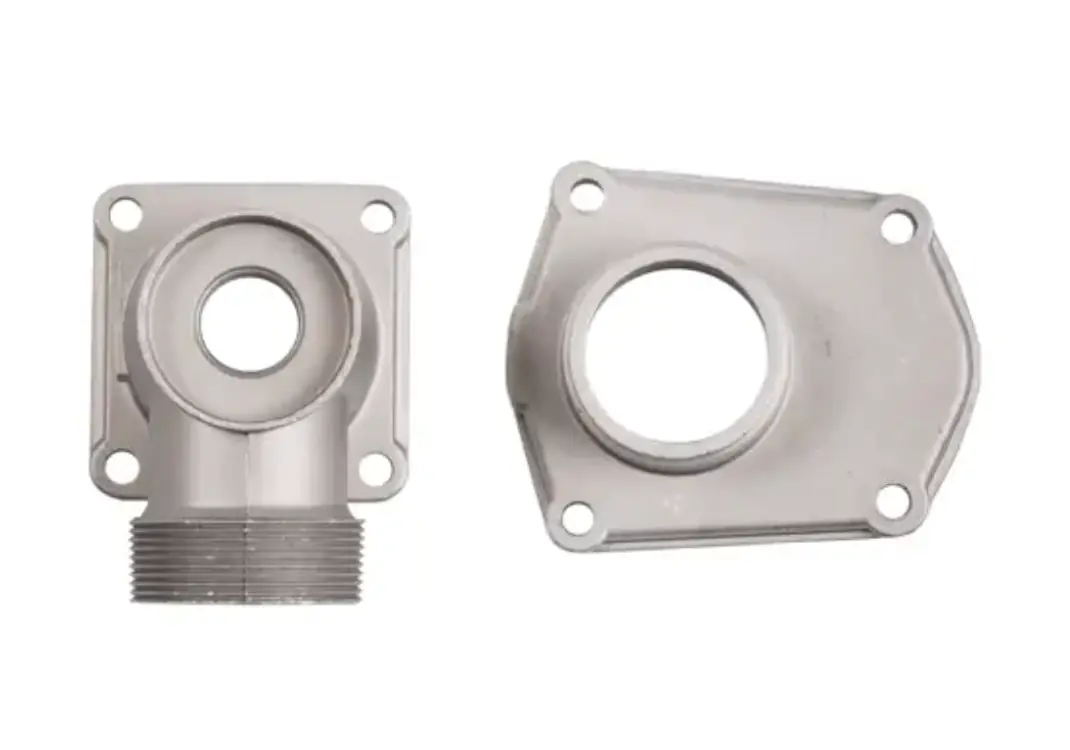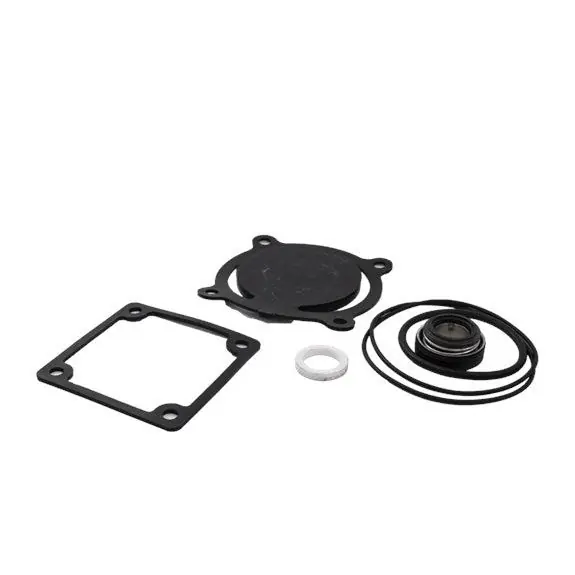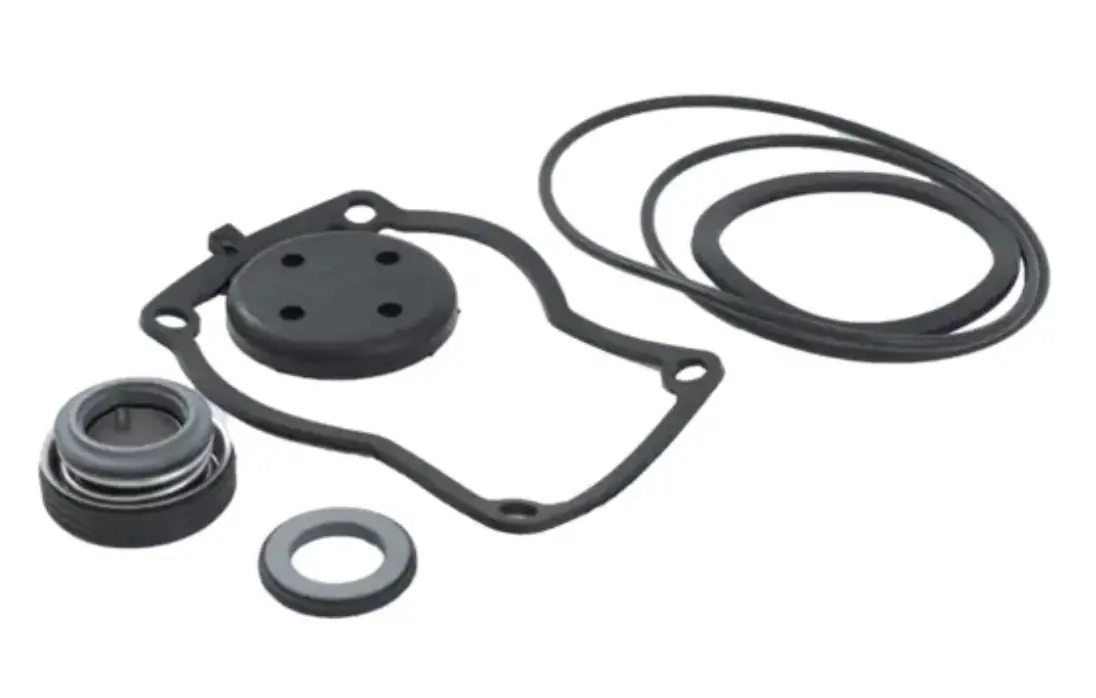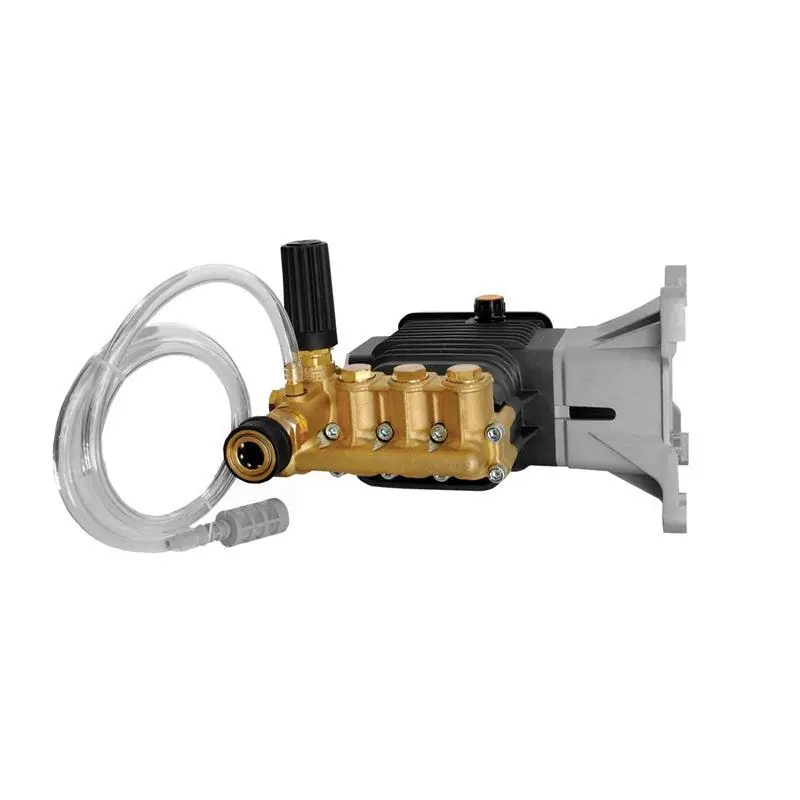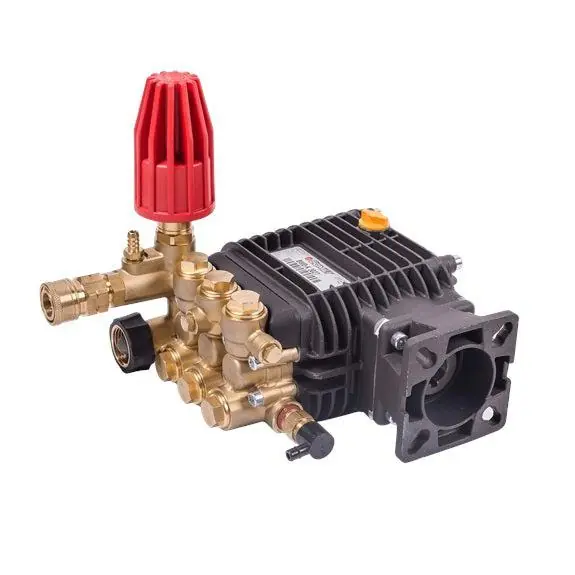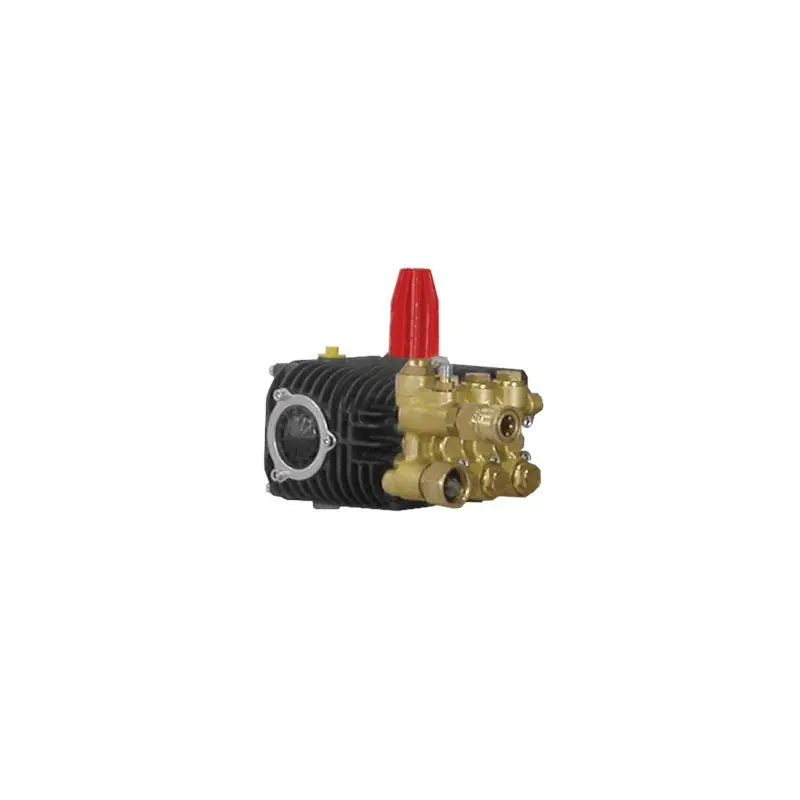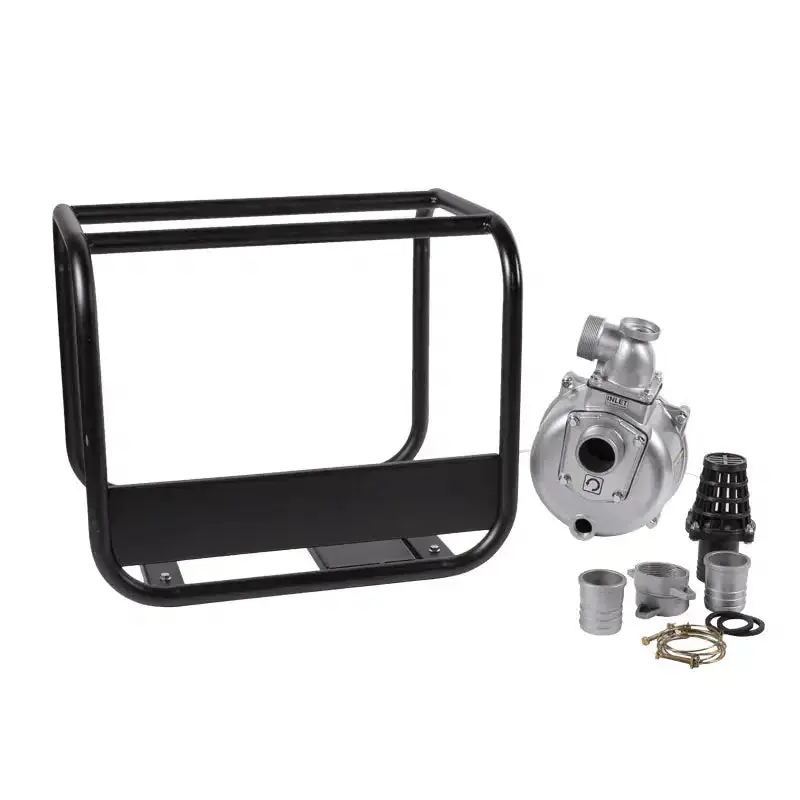For suction fed injection of sand into the water stream for abrasive cleaning. Gun, wand, and sand not included.
- Always point the sandblaster nozzle downward when not spraying.
- This prevents water from entering the sand supply.
- Always be sure the sand hose is dry before using.
- Keep the sand covered to prevent the overspray from wetting the sand.
- Do not allow small pieces of the sand bag to fall into the sand
- supply. A small piece of paper could prevent the flow of sand.
WARNING
To reduce the risk of injury, always protect eyes and face with goggles and mask and hands and arms with heavy work gloves, when spraying abrasive materials. Also use protective clothing and boots.
Applications
Sand Mesh
Sand mesh refers to the size of sieve through which a particular grade of sand will pass. A “16/50” mesh means that normally, most of these particles will pass through a No. 16 sieve and a very small percentage will pass through a No. 50 sieve.
NOTE: A No. 16 sieve is a mesh that has 16, 0.046 sq. in. (1.19mm) openings per inch.
Round Sand
This refers to round edge of the grain of sand which have triangular shaped edges. Crushed rock or sand is usually of this type.
Angular Sand
This refers to grains of sand which have triangular-shaped edges. Crushed rock or sand is usually of this type.
Blasting Angle and Distance
The blasting angle can affect the nozzle distance and impact. Always maintain the recommended blasting angle and the proper distance from your work surface for the best sandblasting performance.



